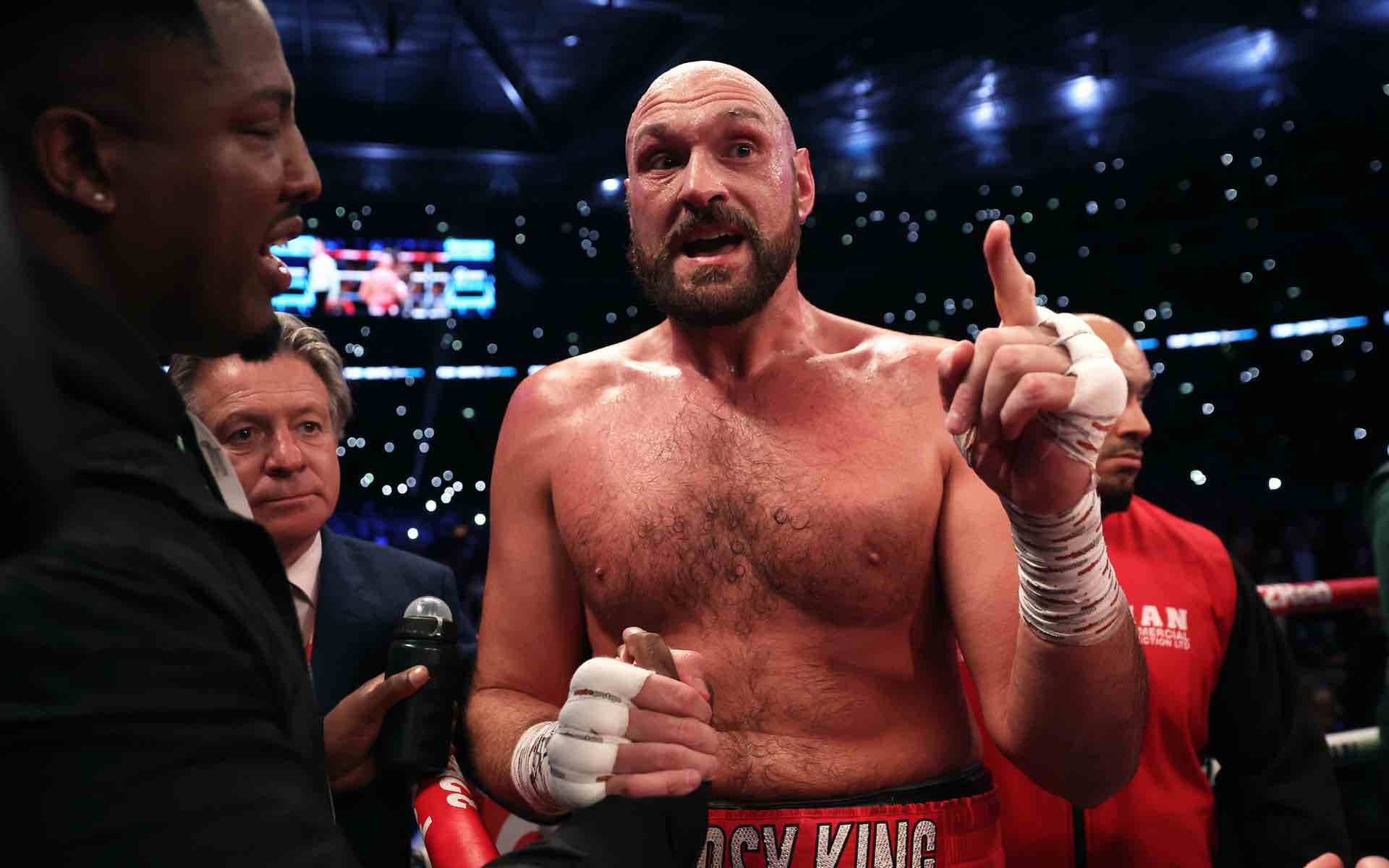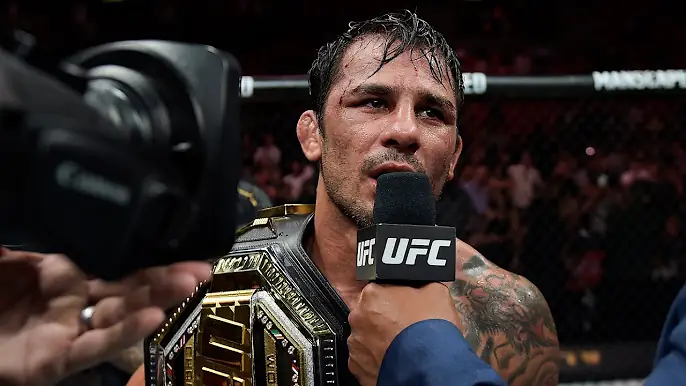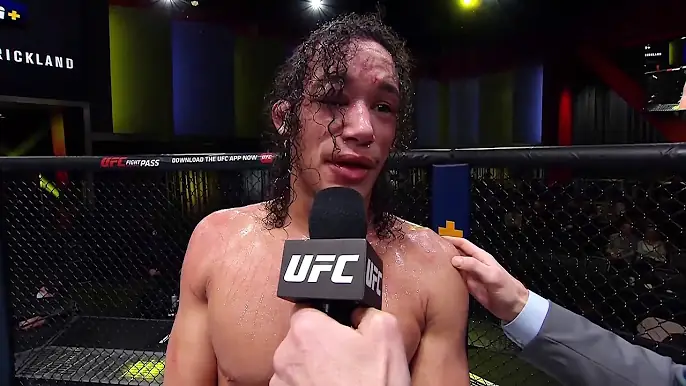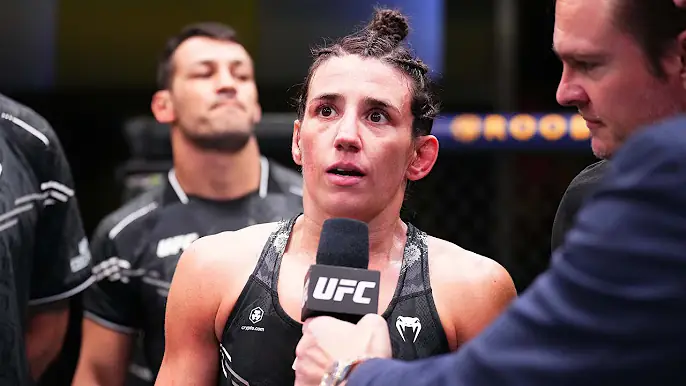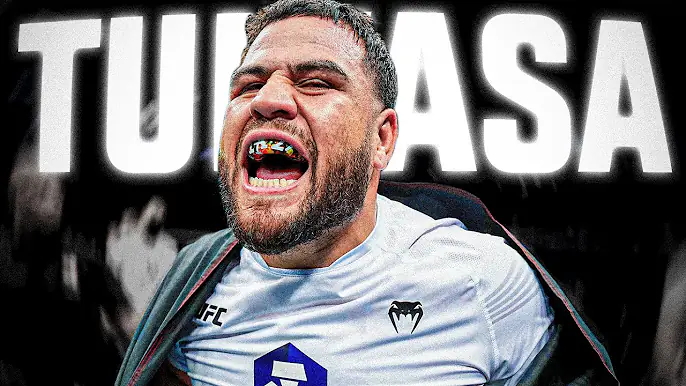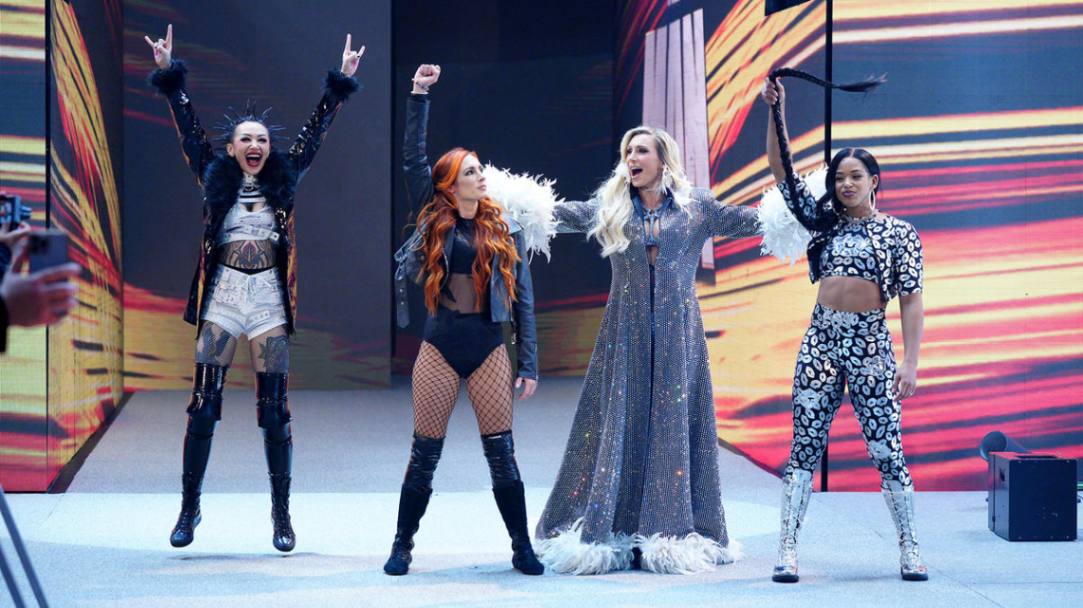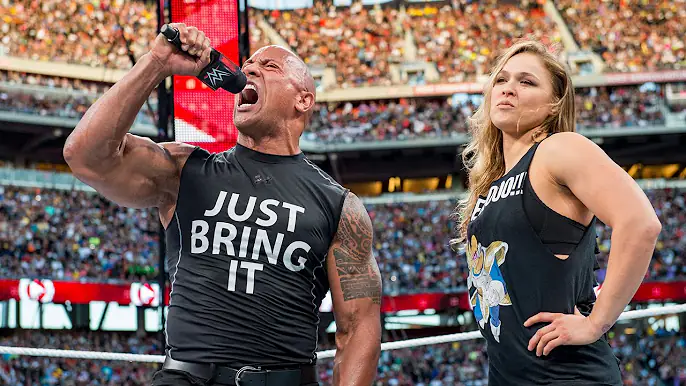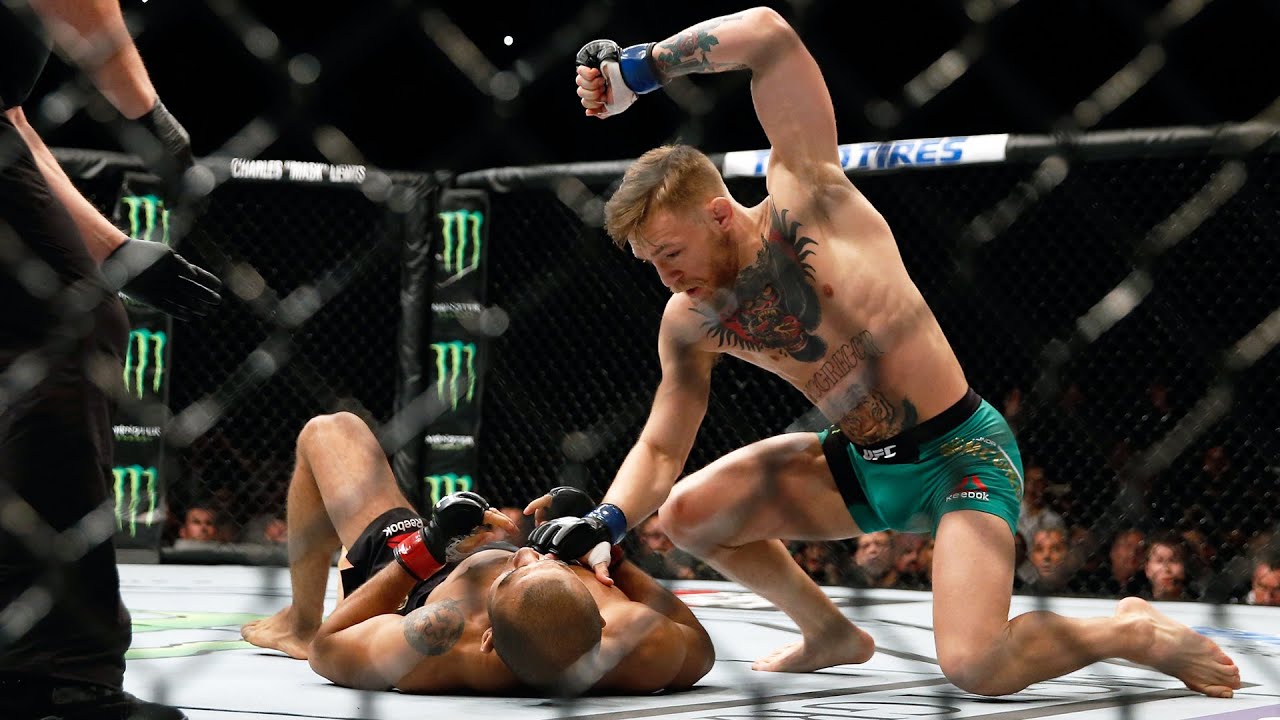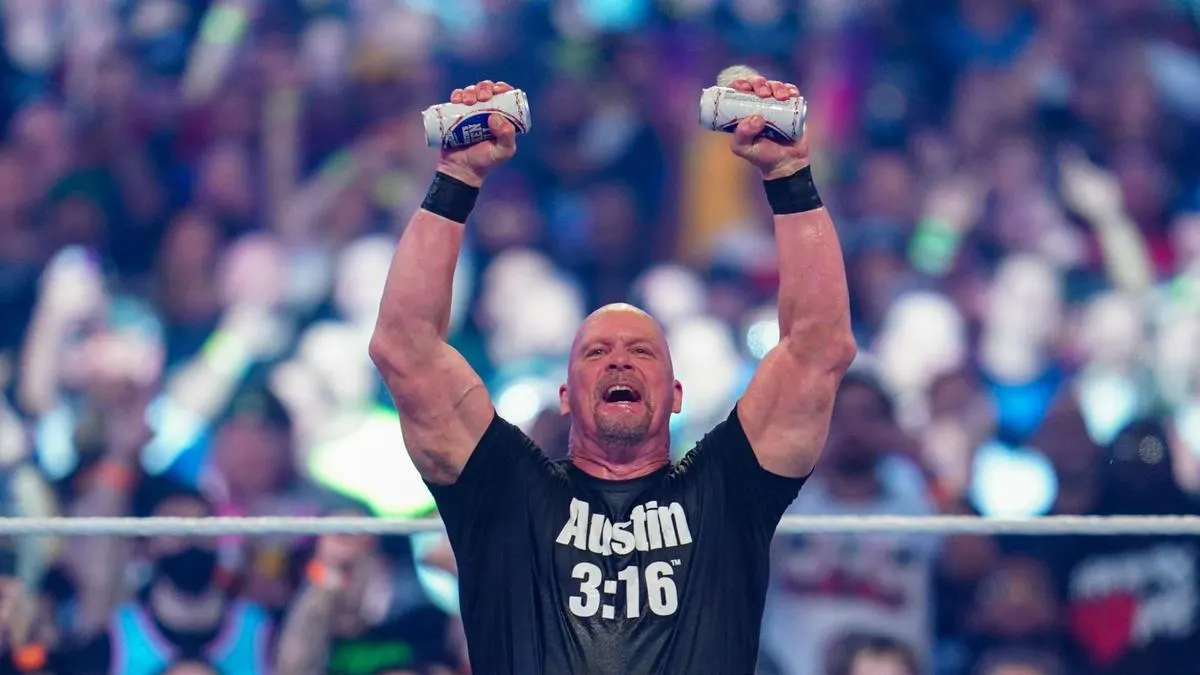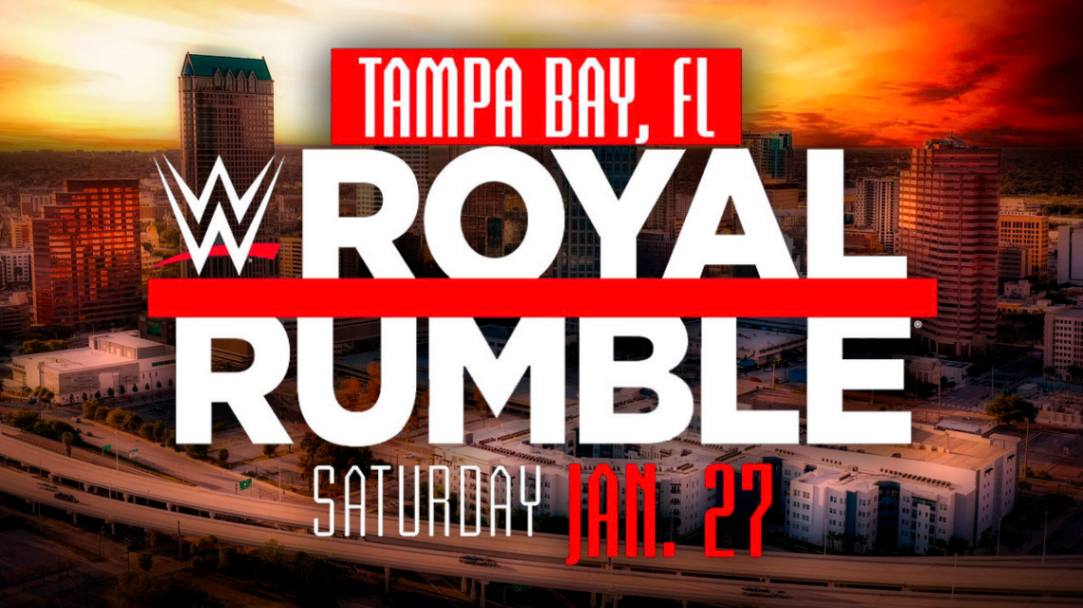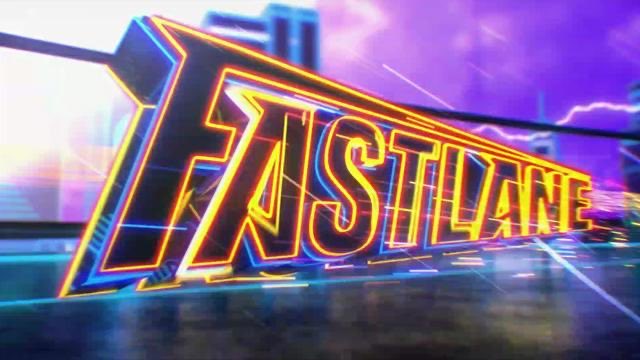WWE’s Most Controversial Matches And Moments
From memorable matches to unforgettable characters and dramatic storylines, there has always been a lot to remember about World Wrestling Entertainment (WWE). But it’s also built a legacy for controversy, numbering in dozens of matches and moments that have outraged and debated fans but left their stamp on the industry, for better or for worse—these range from real life to scripted storylines that pushed taste and decency to the limit. Herein, we delve into some of the most controversial matches and moments of WWE, exploring their context, fallout, and legacy.
The Montreal screwjob
Origin
The Montreal Screwjob was perhaps one of the most infamous happenings in the history of WWE. This event occurred on November 9, 1997, during the Survivor Series pay-per-view that was taking place in Montreal, Quebec, Canada. There, people witnessed Bret “The Hitman” Hart and his championship, which he was defending against Shawn Michaels.
The Incident
Bret Hart was a day or so away from jumping ship to WCW when he was still the reigning champion. At that time, the owner of WWE, Vince McMahon, did not want him to leave as company champion. Bret, due to his desire for a good business relationship at his then-home company, offered Vince the thought of a discussion about even dropping the title after the match had happened. In this twist, Vince had something planned to ensure the title would not leave Hart. During the game, Michaels locked Hart in his finishing move, the Sharpshooter.
Referee Earl Hebner, who was working under McMahon’s orders, called for the bell to ring and indicate the fact that Hart had submitted, but Hart did not submit the fact.
This event led to an immediate fallout between Hart and WWE, and Hart signed up with his typical signing company. The bodybuilding enthusiast was livid with this occurrence, as this came at a heavy price and tarnished the image of a wrestler being honest and loyal, which was held by string Hart. Also, Screwjob welcomed Screwjob to the “Mr. McMahon” character, the evil boss that Vince McMahon would hold himself on camera in the future. This played a decisive role in the “Attitude Era” of WWE, transforming the whole outlook and narrative of the company.
The death of Owen Hart
Background
Owen Hart was a very famous WWE superstar who belonged to the supposedly royal family of WWE, which is the Hart Family. He died during the Over the Edge pay-per-view show in Kansas City, Missouri, on the 23rd day of May 1999.
The Incident
Hart was playing the character “the Blue Blazer,” a sort of superhero gimmick. As part of this, he was to enter the ring from the rafters using a harness and grapple line. Something went wrong with this stunt; Hart fell some 78 feet into the ring. He died from the impact.
The show continued after the fall, a decision even up till now, is vehemently argued. Both the audience and participants were taken aback and equally grieved for their loss. Following the fall, a wrongful death lawsuit was filed against WWE by Martha Hart, Owen’s widow, who soon to come settled out of court. His death made people aware of the risks involved in the use of stunts in wrestling. Today, a more significant margin of inspection on such stunts is brought observation, and strict health and safety are kept about such stunts.
The Chris Benoit tragedy
Background
Chris Benoit was one of the most highly respected technical wrestlers in the world, some say, with an intense in-ring style known for a strong work ethic. Events in June 2007, though, would see those things change and his legacy forever blighted.
The Incident
During the three days, Benoit murdered his wife, Nancy, and their seven-year-old son, Daniel, before finally killing himself. The murder case shocked the wrestling world because it was a news event that had been covered by almost every media outlet.
WWE initially ran a tribute show for Benoit, but after the details of the incident came out, the company washed its hands of him. All mentions of Benoit’s name and achievements were scrubbed from WWE history, and the incident opened a significant debate to this effect regarding concussions, steroid use, and mental health issues in professional wrestling. It was the happening of this tragedy that made WWE initiate its Wellness Policy, which is targeted at substance abuse and mental health issues among its performers.
The Steroid Scandal of the Early 1990s
Origin
WWE went through its own serious steroids scandal on wrestlers’s anabolic steroid use in its late 1980s to early 1990s history, coming to a climax with a 1994 federal trial against Vince McMahon.
The Incident
Steroid charges against McMahon, which created nationwide publicity, finally resulted in a federal case on the allegations that he supplied steroids to WWE wrestlers. Different wrestlers testified at the trial, among them Hulk Hogan, who admitted to the use of steroids and denied having obtained steroids from McMahon.
McMahon himself was acquitted of all charges, but the taint of the steroid scandal did much to hurt the public perception of WWE. To head off a potential scandal and regain a tiny bit of good publicity, WWE initiated a mild steroid testing program for its talent and began to clamp down on steroid misuse. The steroid scandal would also change the direction of the product itself, estimating featuring activity from something created through the bodybuilder types that made up most of the happenings from the ’80s to smaller, leaner, and much more agile and athletic wrestlers.
The Katie Vick Angle
Origin
One of the most tasteless and controversial storylines in WWE history dealt with Triple H and Kane in late 2002. They would base the angle around the fictitious character Katie Vick, whom they introduced as a dead former girlfriend of Kane’s.
The Incident
In a series of segments, Triple H accused Kane of having a hand in Katie Vick’s death. This would eventually snowball to the extent that, to make somebody believe he was Kane, Triple H did a little mock necrophilia scene on a mannequin in a casket, supposedly Katie Vick.
Fallout
The angle got a great deal of universal panning from fans and critics due to its tastelessness and insensitivity. The WWE picked up the story fast, and it has ever since been regarded as one of the worst angles in wrestling history. The incident, therefore, brought underlying risks of hurting decency boundaries to go towards the essence of shock value and rethinking such creative outright decisions about WWE.
Plane Ride from Hell
Origin
The “Plane Ride from Hell” was the name given to a highly controversial flight in May 2002, bringing WWE personnel back to the United States after a tour of Europe. Nothing could match the rowdy behavior and incidents witnessed on board.
The Incident
This was one of those flights loaded with wrestlers who were very drunk, and what happened afterward was a train of crazy events. Well, Curt Hennig and Brock Lesnar got into a fight; Ric Flair reportedly took off his clothes and was flashing the flight attendants, while some other wrestlers just seemed to misbehave. The flight attendants later filed lawsuits against WWE, which were settled out of court.
The incident caused many wrestlers to lose their jobs with the company. It showed that better behavior and professionalism among WWE talent needed to be met. This also raised the issues of pressure and indulgence associated with life on the road for professional wrestlers, hence giving the impetus for WWE to take more stringent measures to address the well-being and behavior of performers.
Undertaker versus Mankind in Hell in a Cell
Origin
One of the most famous and controversial WWE matches would surely be that of The Undertaker and Mankind during the 1998 pay-per-view King of the Ring in a Hell in a Cell match.
The Incident
During the match, The Undertaker tossed Mankind off the top of the cell, where he plummeted through the announcers’ table below. Later, The Undertaker choked Mankind through the cell’s roof for another fall to the ring canvas. These brutal spots left Mankind with multiple injuries, including a dislocated shoulder and a tooth lodged in his nose.
The match is remembered for its brutality, as both performers were left horrifically injured, especially Mankind. It pushed what an acceptable limit of professional wrestling could be and has been both applauded for drama and condemned for how dangerous it was. Relatively, the careers of both performers escalated after the fight, which also incited questions about the levels of risk that should be undertaken within the wrestling ring performance.
The death of Eddie Guerrero
Background
Eddie Guerrero was one of the most charismatic and talented wrestlers of his generation. He died of heart failure on November 13th, 2005. His death came as an absolute shock to the wrestling world, insofar as the repercussions were in the WWE compound.
The Incident
Guerrero was discovered, unconscious or unresponsive, in his hotel room in the state of Minneapolis, Minnesota. An autopsy showed his death to be caused by acute cardiac failure, while drug abuse and anabolic steroids are likely to have contributed to the latter tragedy.
His death brought not only tears from the eyes of the fans but also from the wrestlers themselves. WWE had several tribute shows for Eddie Guerrero, and his death also brought a realignment in interest toward the health and wellness of the wrestlers. It showed how severe a toll the wrestling way of life can take on the human body and mind, thus reiterating the importance of the WWE’s Wellness Policy.
The Matt Hardy, Lita, and Edge Love Triangle
Background
In 2005, the real-life affair between wrestlers Edge and Lita and the subsequent fallout with Matt Hardy led to one of WWE’s most controversial and personal storylines.
The Incident
Matt Hardy and Lita were a real couple when Lita started having an affair with Edge. When the news of the affair broke public, it led to Matt Hardy getting released from his WWE contract, but he was rehired after a couple of weeks as a result of backlash from the fans. It was then that WWE used this real-life drama to incorporate it into an on-screen storyline, pitting Hardy against Edge in various matches and segments. Records It blurred the lines between reality and fiction and had an incredible emotional investment by the fans. It gave a new lease of life to Edge and Hardy but also opened up ethical issues about using real-life problems in the name of entertainment. This was a storyline that proved the potential to work with reality-based angles in whooping the crowd as much as they would damage personal life.
The Women’s Revolution and the Saudi Arabian Controversy
Origin
Over the previous couple of years, WWE has worked on women’s wrestling and branded it under the name “Women’s Evolution.” However, recently, this progress has been smeared with several controversies, mainly related to the WWE business with Saudi Arabia.
The Accident
WWE has faced severe backlash for not-so-good reasons in making a deal with Saudi Arabia since 2018’s Greatest Royal Rumble: the country’s abysmal human rights records involving the role that women play in them. Initially not daring to let women wrestlers perform there, the WWE made itself look hypocritical regarding words for women’s empowerment. Consequences Never mind that the WWE received commercial criticism, left and right, from fans and media alike for doing shows in Saudi Arabia. Eventually, women wrestlers will be permitted to feature there as well, with the first women’s match taking place at Crown Jewel 2019. Part of the reason it was so controversial was the balancing mechanism whereby the WWE had to be sensitive both to business interests and to the image they were trying to foster as a progressive organization that incorporated aesthetics.
Conclusion
Full of controversial matches and moments, WWE history contains many that have stood out in the industry. These events have gone from real-life tragedies or scandals to pushing-the-bar storylines and matches, allowing WWE to shape up to fans and even, it seems, to society these days. Although, at times, controversy is bad for business, it can also be the fire that begins the change within the WWE—how the company further adapts and evolves about the criticism and public sentiment. As WWE continues to walk the tightrope that is professional wrestling, these controversial moments once again stand as a reminder of how fine the line is between entertainment and responsibility.


